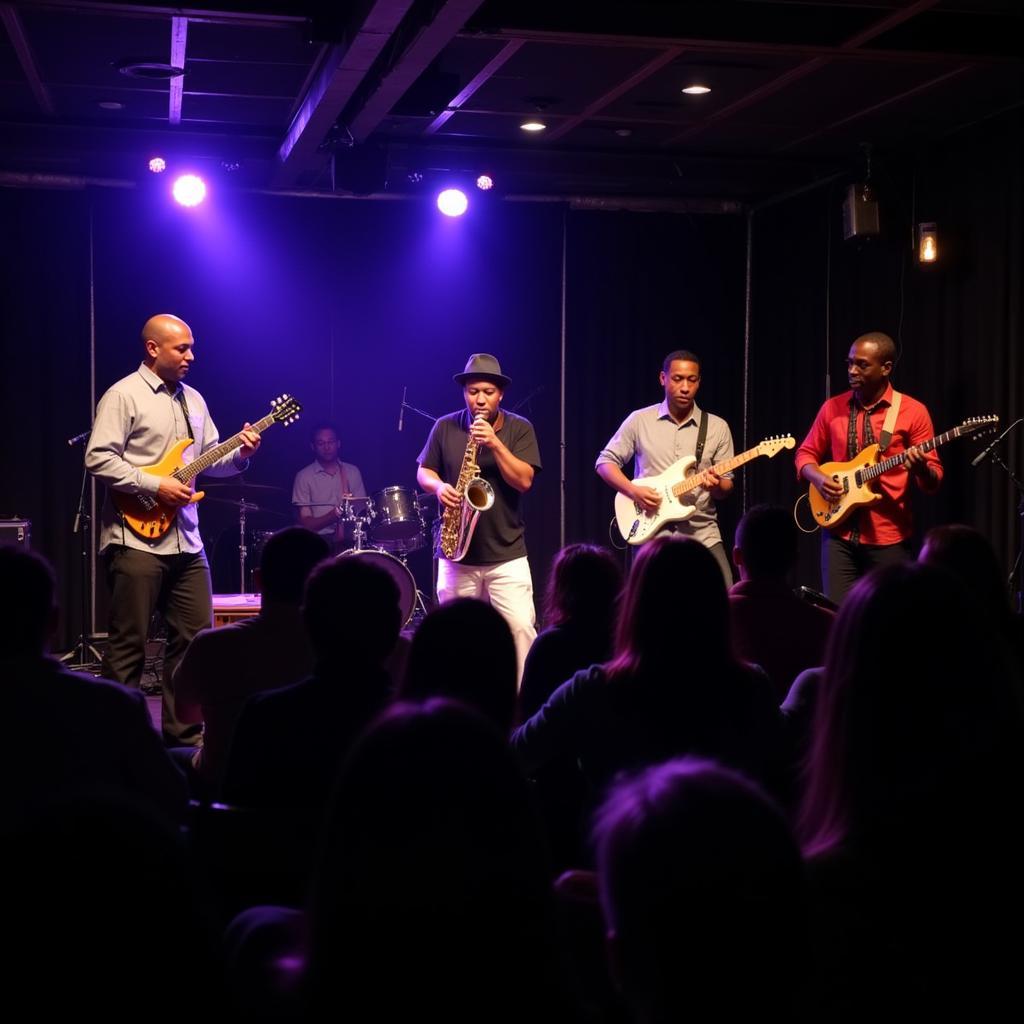Exploring the Differences: The African American Movement vs. Untouchables
This article delves into the distinct histories, struggles, and experiences of the African American movement and the plight of Untouchables, highlighting the key differences between these two social groups. While both groups have faced centuries of oppression and marginalization, their unique histories, societal contexts, and struggles for equality are crucial to understand.
The African American Movement: A Fight for Freedom and Equality
The African American movement, also known as the Civil Rights Movement, spans centuries of struggle against racial discrimination, segregation, and systemic oppression in the United States. It’s a complex and multifaceted movement with roots tracing back to slavery and the fight for abolition.
Key milestones in the African American movement include:
- The Abolitionist Movement (18th and 19th centuries): Abolitionists, like Frederick Douglass and Harriet Tubman, actively fought for the end of slavery and the emancipation of enslaved Africans in America.
- The Civil Rights Era (1950s-1960s): This period saw the rise of iconic figures like Martin Luther King Jr. and Malcolm X, who led the fight for legal and social equality through nonviolent protests, marches, and legal challenges.
- The Black Power Movement (1960s-1970s): This movement emphasized black self-determination, cultural pride, and economic empowerment, advocating for Black communities to take control of their own destiny.
“The African American movement was a long and arduous struggle, marked by countless acts of bravery and resilience in the face of relentless oppression,” says Dr. Maya Jackson, a renowned historian specializing in African American history. “It wasn’t just about achieving legal rights, but about reclaiming dignity, self-respect, and the power to shape their own futures.”
The Untouchables: A Legacy of Caste-Based Discrimination
Untouchables, also known as Dalits, are a group at the bottom of India’s rigid caste system. For millennia, they have faced severe discrimination, social exclusion, and violence based solely on their birth into a “polluting” caste.
Key aspects of the Untouchables’ experience include:
- Untouchability: The practice of Untouchability, rooted in religious and social beliefs, has historically barred Dalits from accessing basic human rights, including education, employment, and social interactions.
- Caste-Based Violence: Dalits have been subjected to physical assaults, sexual violence, and even killings based on their caste identity.
- Systemic Disadvantage: Despite legal reforms, systemic discrimination against Dalits persists in various sectors, including education, employment, and access to justice.
“The caste system has created an impenetrable wall of discrimination, trapping Dalits in a cycle of poverty, illiteracy, and marginalization,” explains Dr. Amrita Kumar, an expert on the caste system and its impact on Dalit communities. “It’s not just about social prejudice, but about a deeply ingrained system that denies Dalits their fundamental rights and opportunities.”
Comparing the African American Movement and the Untouchables: Key Differences
While both the African American movement and the Untouchables’ struggle share common threads of oppression and the fight for equality, several key differences distinguish their experiences:
1. Historical Context:
- African Americans: The African American movement emerged from a history of slavery and forced migration, followed by segregation and discrimination rooted in racial prejudice.
- Untouchables: The Untouchables’ struggle is rooted in a deeply ingrained caste system, where their position is determined solely by birth and considered a religious and social reality.
2. Nature of Oppression:
- African Americans: Oppression faced by African Americans was primarily based on racial discrimination, with systemic structures built to maintain white supremacy.
- Untouchables: The Untouchables’ oppression is based on a rigid social hierarchy rooted in caste, where their position is determined by birth and reinforced by religious beliefs.
3. Forms of Resistance:
- African Americans: Resistance by African Americans has taken diverse forms, including protests, marches, legal challenges, and cultural movements.
- Untouchables: The Untouchables’ resistance has been primarily focused on raising awareness, seeking legal reforms, and challenging the caste system through activism and political mobilization.
Understanding the Complexity of Social Justice Movements
By exploring the unique histories and experiences of both the African American movement and the struggle of the Untouchables, we gain a deeper understanding of the multifaceted nature of social justice movements.
While these groups face different forms of oppression, their struggles for equality and recognition highlight the ongoing need for dismantling systems of discrimination and promoting social justice for all.
Frequently Asked Questions
1. What are some key differences between the African American movement and the Untouchables’ struggle?
The African American movement was primarily driven by racial discrimination, while the Untouchables face caste-based oppression, a system rooted in birth and religious beliefs.
2. How have both groups fought for their rights and equality?
Both groups have employed various strategies, including protests, legal challenges, cultural movements, and political activism to fight for their rights.
3. What are the challenges faced by both groups in achieving equality today?
Both groups still face systemic discrimination, implicit bias, and social prejudices that hinder their progress toward achieving full equality.
4. What can individuals do to support the fight for equality for all?
Everyone can contribute to a more just society by actively challenging stereotypes, speaking out against discrimination, supporting organizations working towards equality, and promoting inclusivity in their personal lives.
5. How has the impact of these movements on society?
These movements have been instrumental in shaping global conversations on social justice and human rights, inspiring other marginalized groups to fight for their rights and paving the way for a more just and inclusive society.
Note: The provided information is for educational purposes and does not constitute legal or expert advice. For further information and resources, consult with relevant experts and reputable organizations dedicated to social justice.

